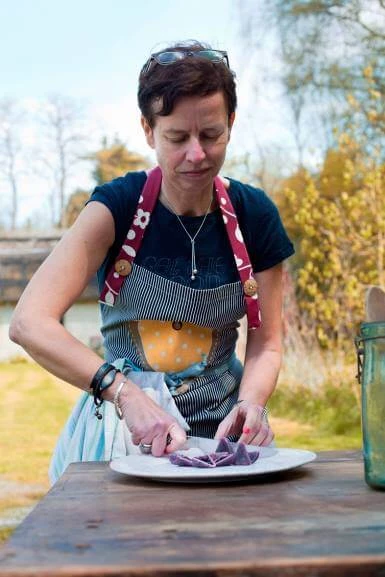How Many Teaspoons are in 4 oz?
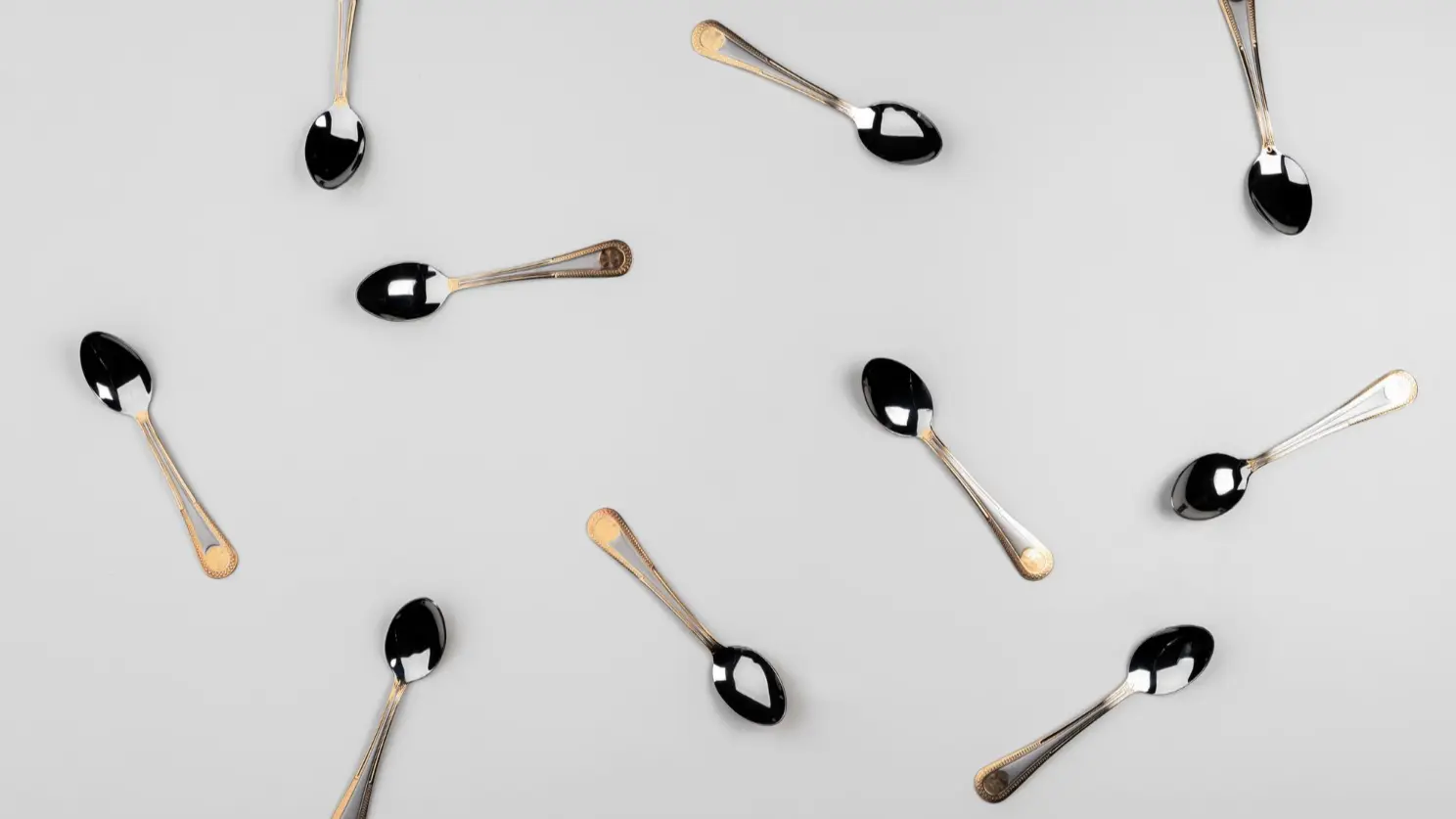
Content
Volume unit converter
Introduction
Today, we're tackling a common kitchen query. How many teaspoons are there in 4 oz? It sounds simple, but there's a lot to it. Don’t worry, we’ve got you covered. We'll go through all the details, step by step.
You're about to get a crash course in kitchen measurements. Let's make sense of those tricky conversions together. First, let’s talk about why this even matters.
Why Measurement Conversions Matter
Conversions are crucial, no doubt about it. In cooking, precise measurements are everything. They can make or break a dish. That’s why understanding conversion is key.
Knowing how to convert measurements ensures consistency. It ensures your meals turn out just right, every time. With that said, it’s time to delve into the basics.
Basics of Teaspoons and Ounces
Teaspoons and ounces are everywhere in recipes. They are small, but they pack a punch in the kitchen. Understanding them is the first step to masterful cooking.
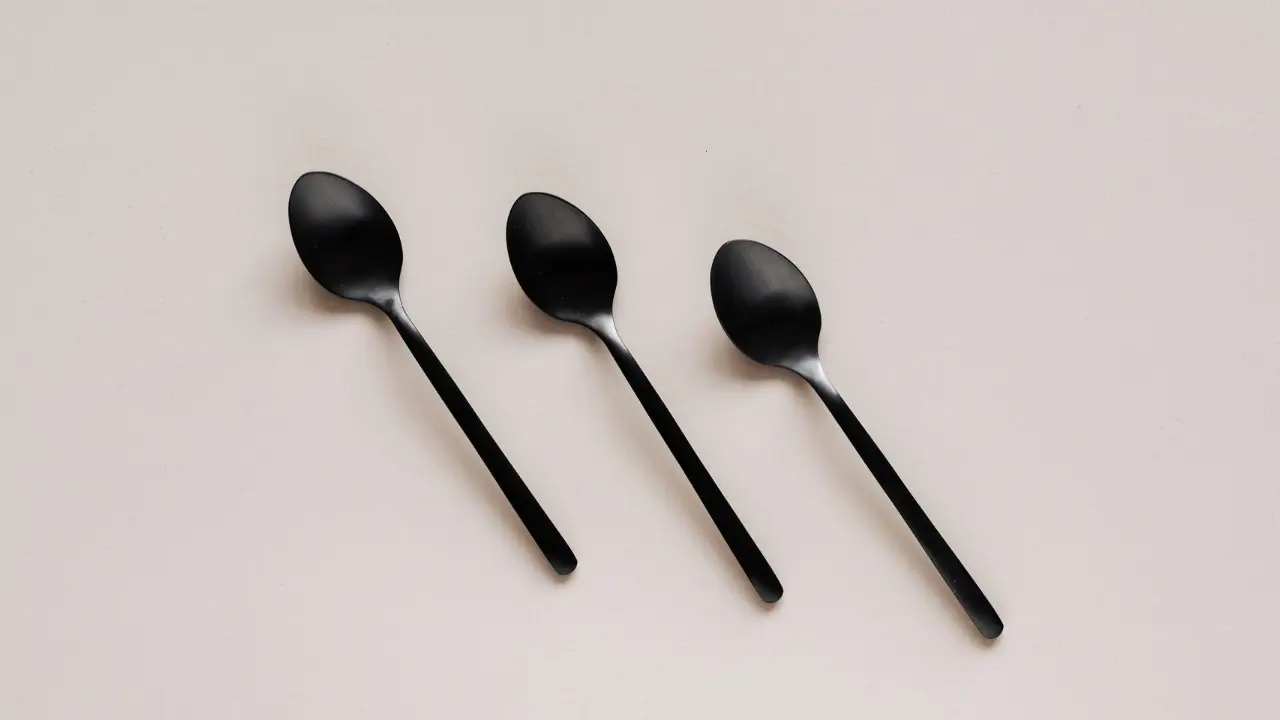
Everyday Relevance of Conversions
From medicine to baking, conversions are a part of daily life. They help us make sense of different measurement systems. We use them more often than we realize.
They ensure accuracy in our cooking and safety in medication dosages. That’s pretty important. Now, let’s dig a bit deeper into teaspoons and ounces.
Understanding Teaspoons and Ounces
Teaspoons and ounces are units of volume. They help us measure liquids precisely. But they are quite different from each other.
Defining a Teaspoon
A teaspoon, often abbreviated as tsp, is a unit of volume. It is equal to about 5 milliliters. In the U.S., it’s a common measurement for both cooking and medicine.
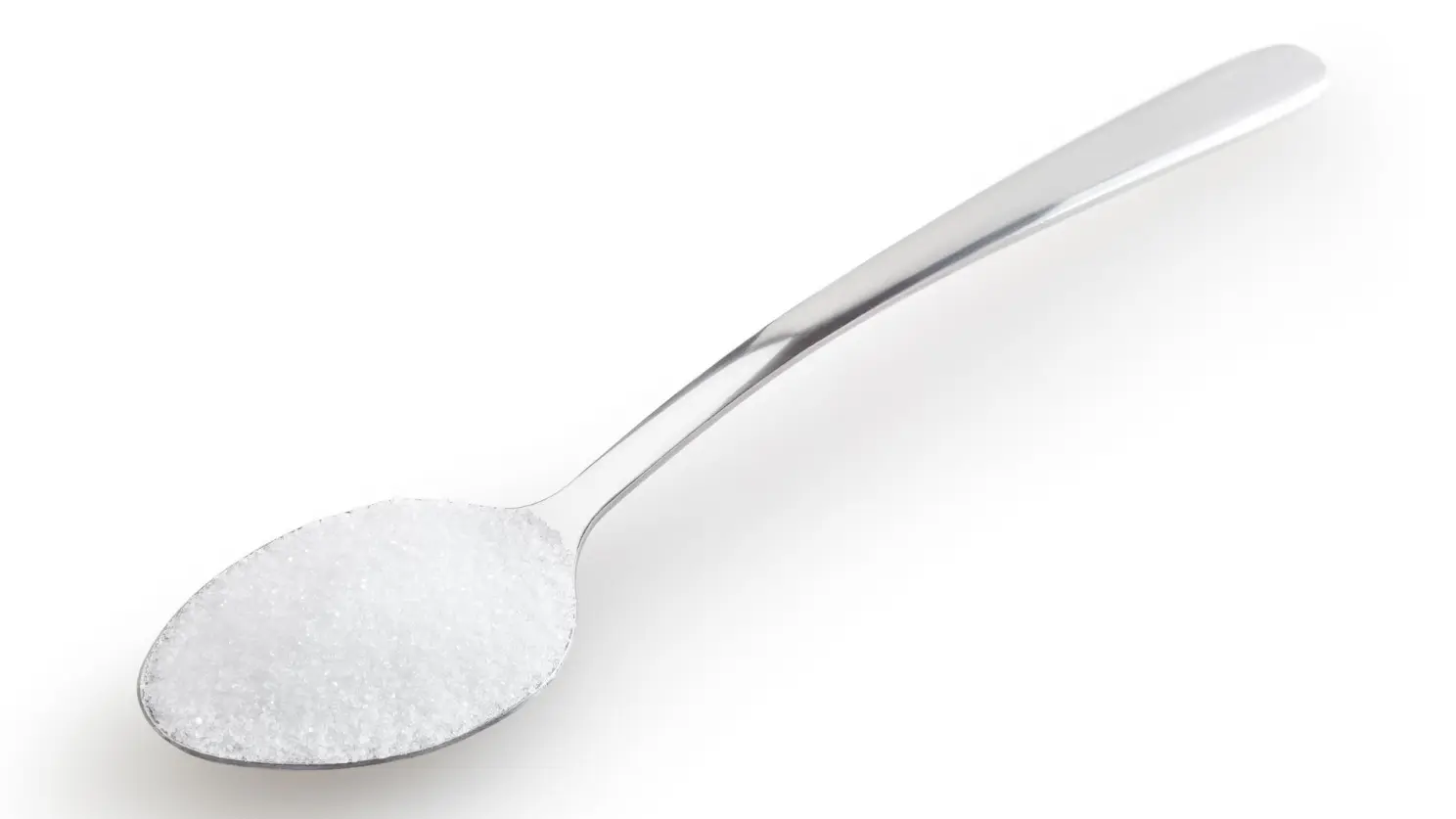
What is an Ounce
An ounce, or oz, is another unit of volume. But it's larger than a teaspoon. One ounce is equal to 29.57 milliliters. It's used in the U.S. and a few other places. With that knowledge, we can now discuss their differences.
Differences Between the Two Units
Teaspoons and ounces are both used to measure volume. But they are used in different situations. Teaspoons are perfect for small quantities. Ounces, on the other hand, handle larger volumes.
Understanding these differences is key for accurate conversions. Speaking of which, let’s move on to conversion fundamentals.
The Conversion Ratio: Teaspoons to Ounces
The conversion ratio is pretty straightforward. One ounce is equal to six teaspoons. This is the golden rule for oz to tsp conversion. Now, let’s see this in action. For practical uses.
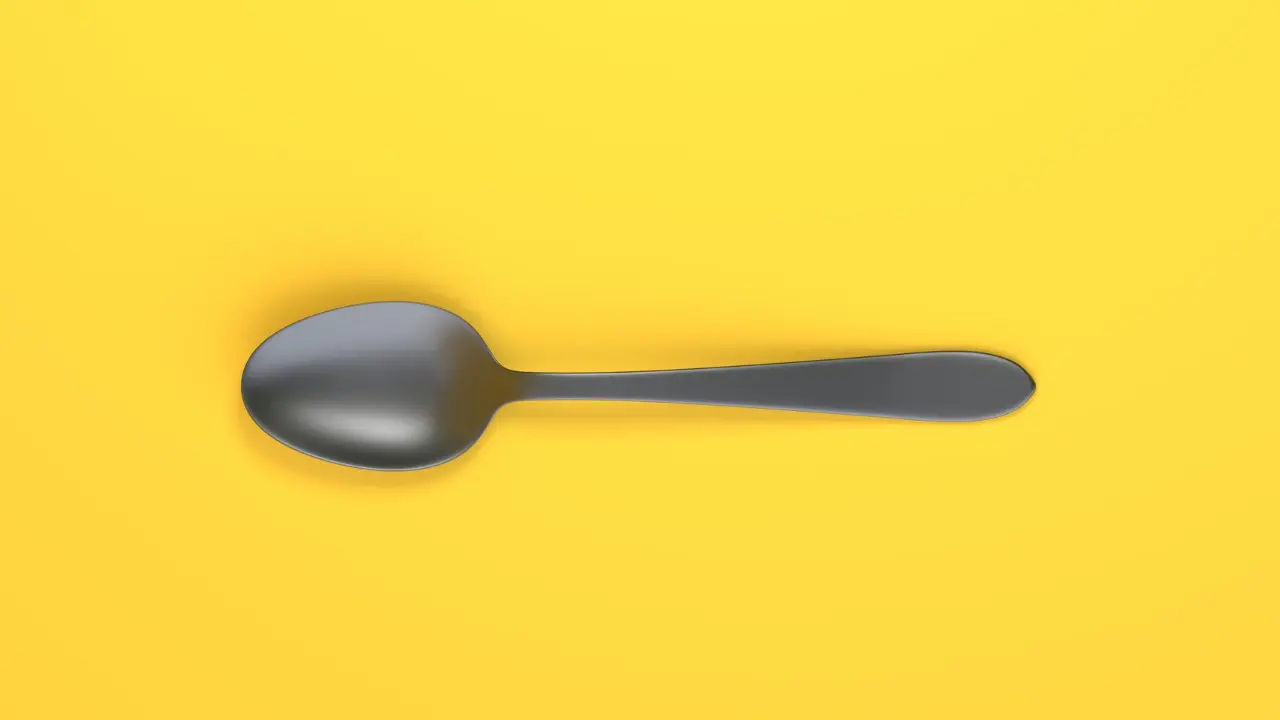
Common Uses for Each Measurement
Teaspoons are great for small amounts. Think of adding salt to a recipe or medicine dosages. Ounces handle larger volumes like drinks or soup.
Step-by-Step Guide: 4 oz to Teaspoons
So, you want to convert 4 ounces to teaspoons? Let's break it down together. To convert, use the conversion formula. Multiply the ounces by six. For 4 oz, you get 24 teaspoons. It’s that simple!
Ensuring Accurate Measurements
Accuracy is key, especially in cooking and medicine. Always double-check your measurements. Use reliable tools and stay consistent.
Comprehensive Conversion Tables
Conversion tables are handy tools. They save time and prevent mistakes. Let's take a look at a few.
Quick Reference for Small Ounce Values
| Ounces (oz) | Teaspoons (tsp) |
|---|---|
| 1 | 6 |
| 2 | 12 |
| 3 | 18 |
| 4 | 24 |
| 5 | 30 |
This table helps with smaller quantities. It’s perfect for quick checks while cooking.
Teaspoon Conversion for Various Ounce Amounts
For a wider range, this table is useful:
| Ounces (oz) | Teaspoons (tsp) |
|---|---|
| 1 | 6 |
| 4 | 24 |
| 8 | 48 |
| 12 | 72 |
| 16 | 96 |
With this, you can handle larger recipes with ease.
Tailored Table for Culinary Needs
For chefs and home cooks, this table is tailored for you:
| Ounces (oz) | Teaspoons (tsp) | Ingredient Example |
|---|---|---|
| 1 | 6 | Vanilla Extract |
| 2 | 12 | Olive Oil |
| 3 | 18 | Chicken Broth |
| 4 | 24 | Tomato Sauce |
| 5 | 30 | Honey |
It includes common ingredients for better visualization.
Extensive Chart for Scientific Use
In labs, precision is everything.
This extensive chart caters to that need:
| Ounces (oz) | Teaspoons (tsp) | Use Case |
|---|---|---|
| 0.5 | 3 | Chemical Experiments |
| 1 | 6 | Liquid Medications |
| 2.5 | 15 | Research |
| 4 | 24 | Testing |
| 5.5 | 33 | Data Collection |
For scientists, having exact measurements is crucial. Now, let’s see how these conversions apply in real life.
Practical Application of Conversions
Conversions play a big role in various fields. Let's explore some of them.
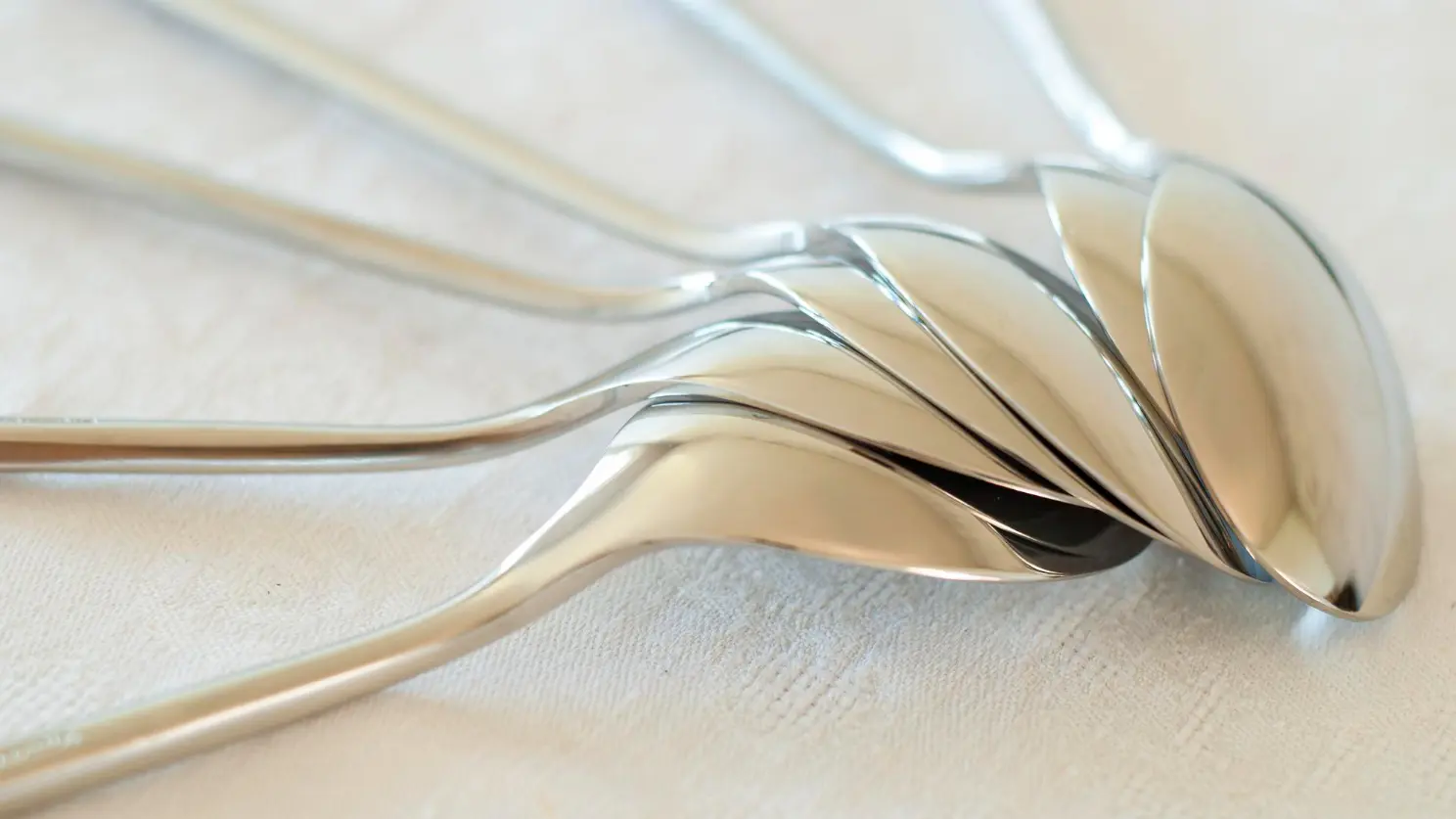
Examples:
- In Cooking and Baking: For chefs and bakers, precise measurements are a must. They ensure consistency in recipes. They make sure your cake rises and your soup tastes just right.
- In Pharmacy and Medicine: In medicine, the stakes are even higher. The wrong dosage can have serious consequences. That’s why fluid ounces and teaspoons are so important here.
- In Science and Research: In labs, every drop counts. Accurate measurements lead to reliable results. That’s why these units are used daily.
Everyday Life Examples
But it's not just professionals who need to convert units. We all do it, often without realizing. When measuring cough syrup or making a recipe, it’s all about conversions.
Tools and Techniques for Conversion
Converting units doesn’t have to be hard. With the right tools and techniques, it's a breeze.
Tips for Efficient Conversion
Here are three tips to make conversions easy:
- Use a conversion app: There are plenty of free ones out there.
- Keep a conversion chart in your kitchen: It’s handy for quick reference.
- Practice makes perfect: The more you do it, the easier it gets.
Avoiding Common Mistakes
But watch out for pitfalls.

Here are three common mistakes to avoid:
- Not double-checking your conversions.
- Using the wrong units (make sure to differentiate between fluid ounces and dry ounces).
- Forgetting that precision is key, especially in baking and medicine.
Now, let’s wrap things up.
Conclusion
There you have it! A comprehensive guide on converting 4 oz to teaspoons. We’ve covered the basics, the applications, and the tools you need. Now, you’re ready to tackle any recipe or medication dosage with confidence.
